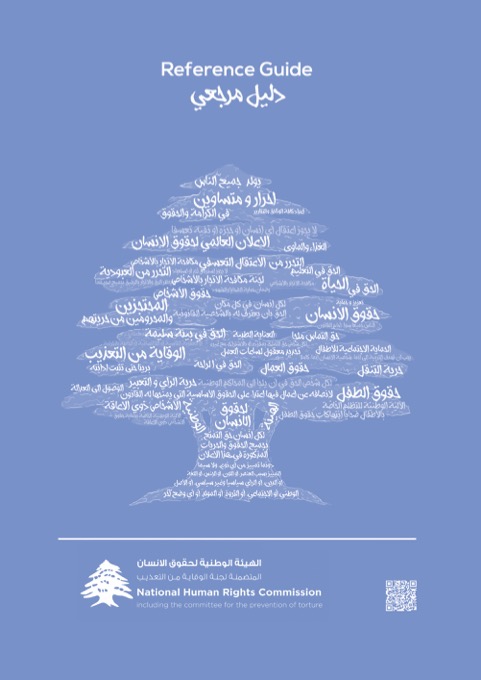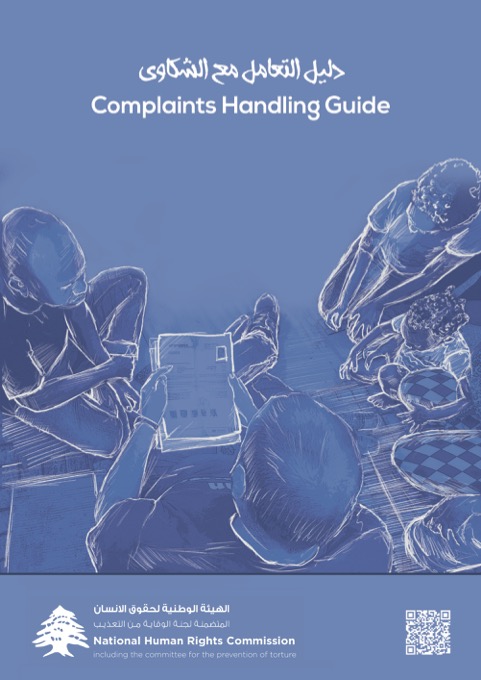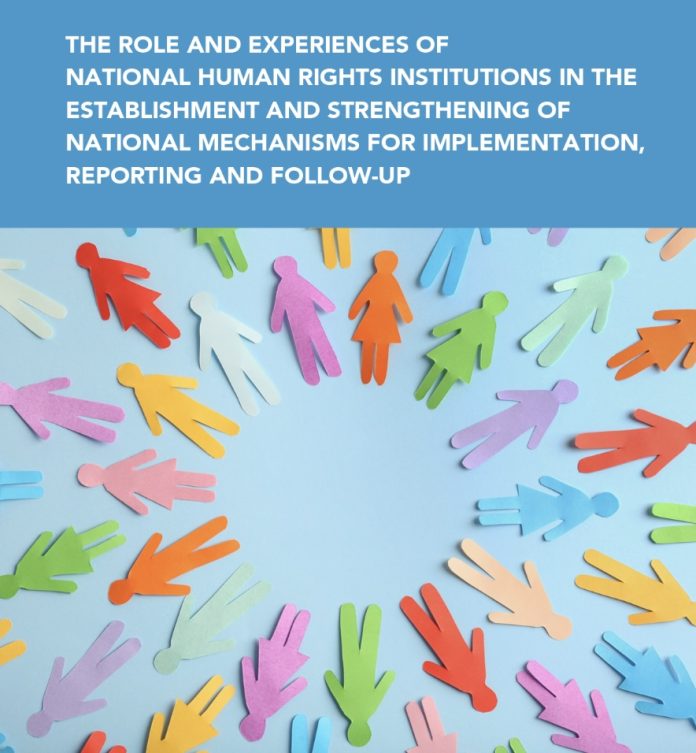In the intricate machinery of global human rights, national human rights institutions (NHRIs) often work quietly behind the scenes — but their impact is anything but silent. A new report released today by the Global Alliance of National Human Rights Institutions (GANHRI) sheds light on how these bodies are indispensable in turning lofty international promises into concrete improvements in people’s daily lives.
Drawing on detailed responses from 58 GANHRI members across Africa, the Americas, Asia Pacific, and Europe, the report reveals how NHRIs are working hand-in-hand with governments to build stronger, more effective national mechanisms for implementing, reporting on, and following up on international human rights obligations.
Turning Commitments into Action
From the Universal Periodic Review to treaty body recommendations, states worldwide are under increasing pressure to meet their human rights obligations. Yet without strong national structures to track progress and ensure accountability, these commitments risk remaining words on paper.
This is where NHRIs and national mechanisms for implementation, reporting, and follow-up — known as NMIRFs — come in. Together, they form the backbone of national human rights architecture, translating international standards into domestic policies, monitoring compliance, and ensuring that rights-holders have a voice.
“Effective human rights protection starts at home,” says Amina Bouayach, GANHRI Chairperson. “Our new research shows that when governments engage with independent NHRIs and establish transparent, coordinated mechanisms, the result is not just stronger institutions — but stronger rights protections for everyone.”
Six Steps Toward Stronger National Mechanisms
Alongside the report, GANHRI has issued a position paper with six key recommendations for governments seeking to strengthen their national human rights frameworks:
-
Adopt sustainable, coordinated, and transparent approaches to reporting, follow-up, and implementation.
-
Recognize the distinct but complementary roles of NHRIs and NMIRFs while fostering meaningful collaboration.
-
Establish inclusive consultation processes to ensure NHRIs, civil society, and rights-holders can shape the set-up and operations of NMIRFs.
-
Ensure effective participation of NHRIs and civil society at all stages, while preserving their independence.
-
Respect and safeguard the independence of NHRIs and civil society actors.
-
Establish and strengthen NHRIs in line with the Paris Principles, the international standards for NHRI independence and effectiveness.
The Road Ahead: From Geneva to National Capitals
The report comes ahead of the Human Rights Council’s Annual Thematic Panel on July 4th, where Bouayach will join other experts to discuss how technical cooperation and capacity-building can bolster national structures for human rights protection.
While the conversations will take place in Geneva, the real test will be at the national level — in capitals, parliaments, and communities where policies must change, voices must be heard, and rights must be respected.
GANHRI’s message is clear: National human rights institutions are not just optional add-ons. They are essential partners in building societies where rights are protected, governments are accountable, and no one is left behind.
|
|
|
|
هذه المقالة متاحة أيضًا بـ: العربية (Arabic) Français (French)



